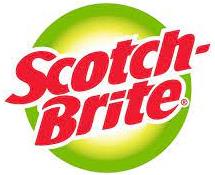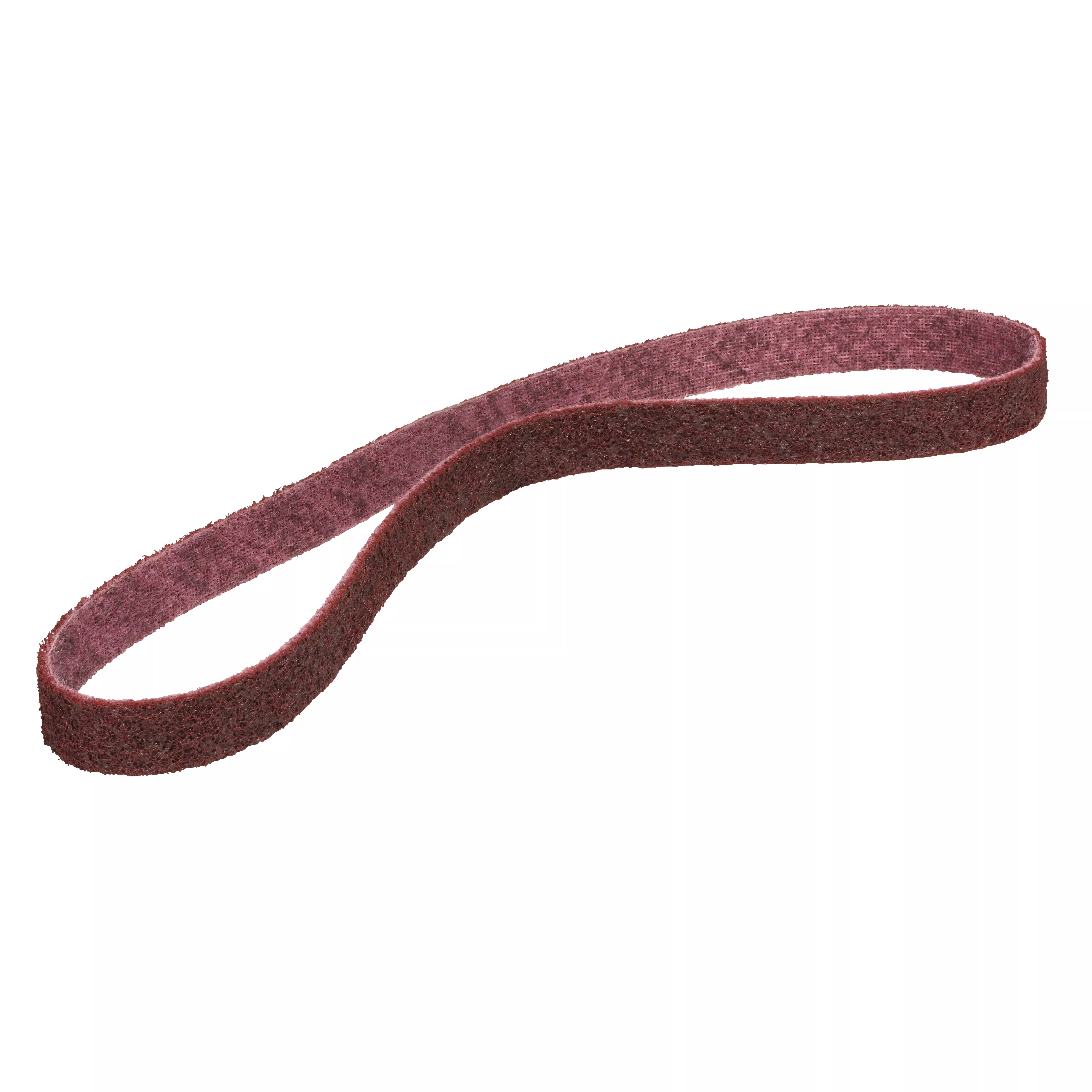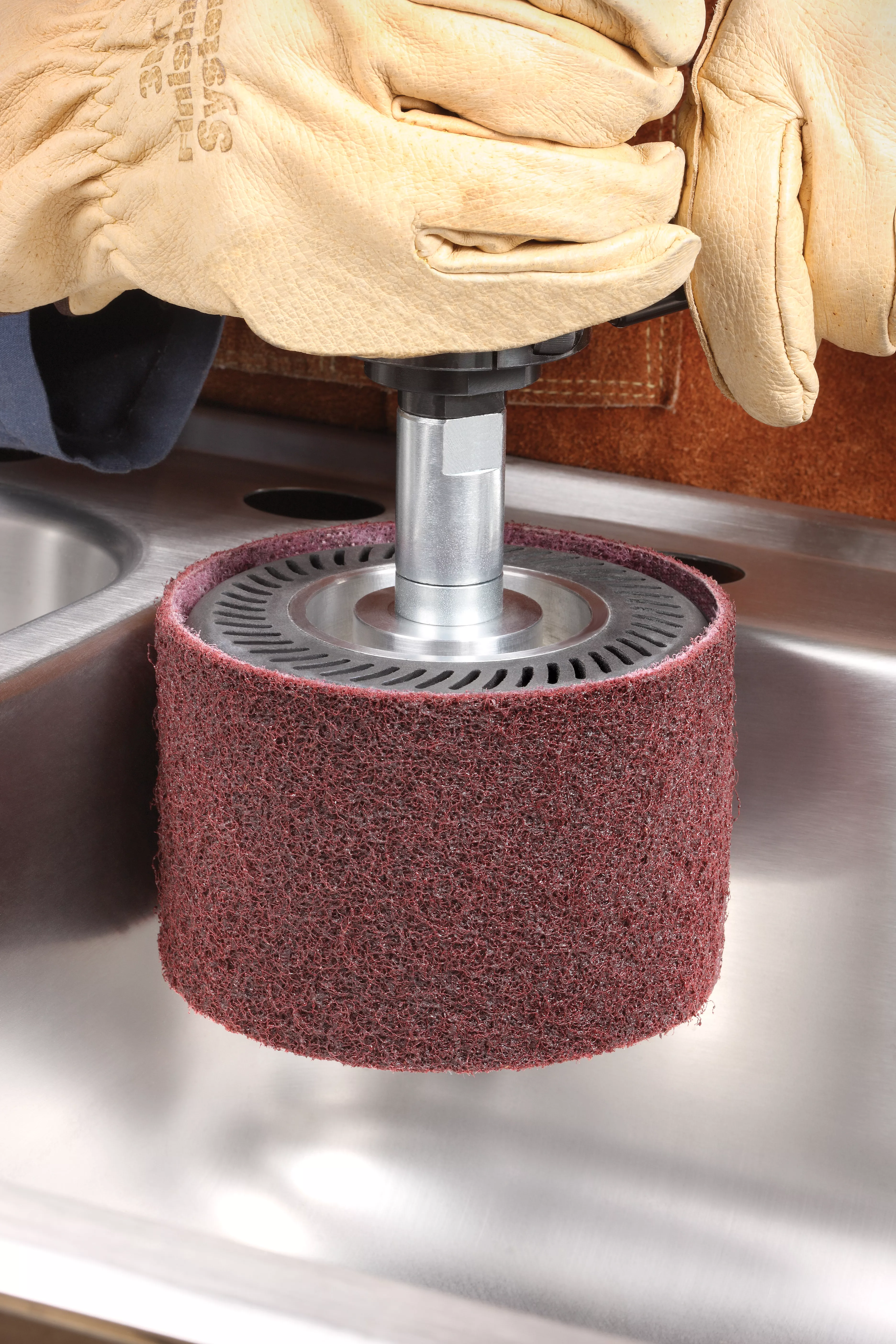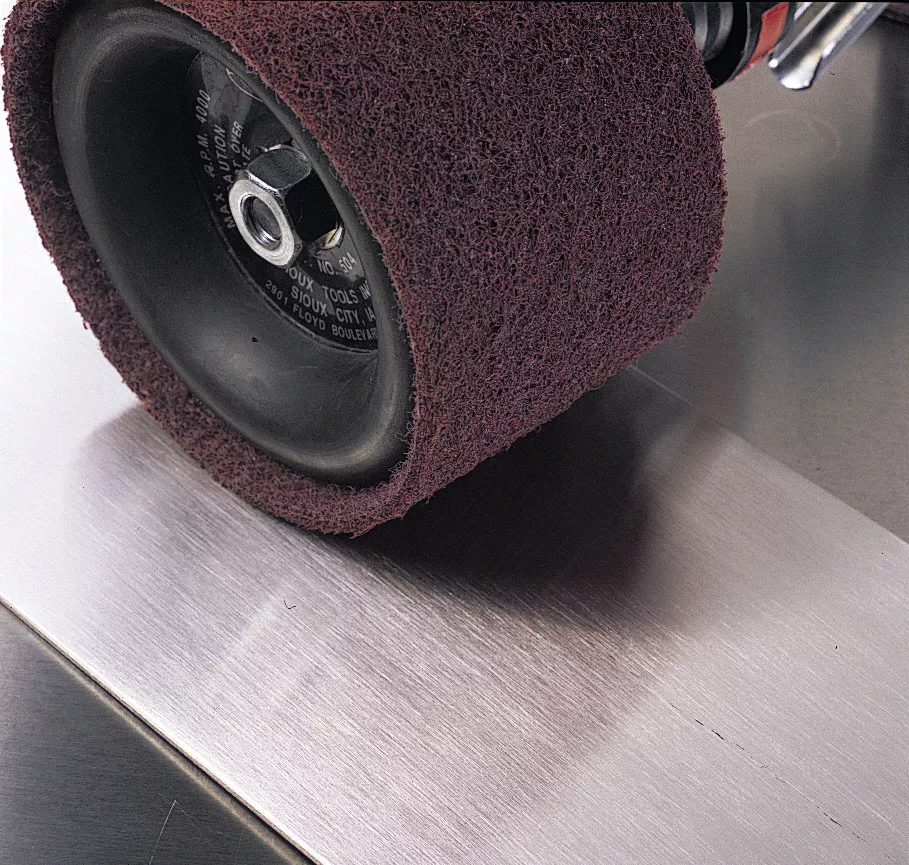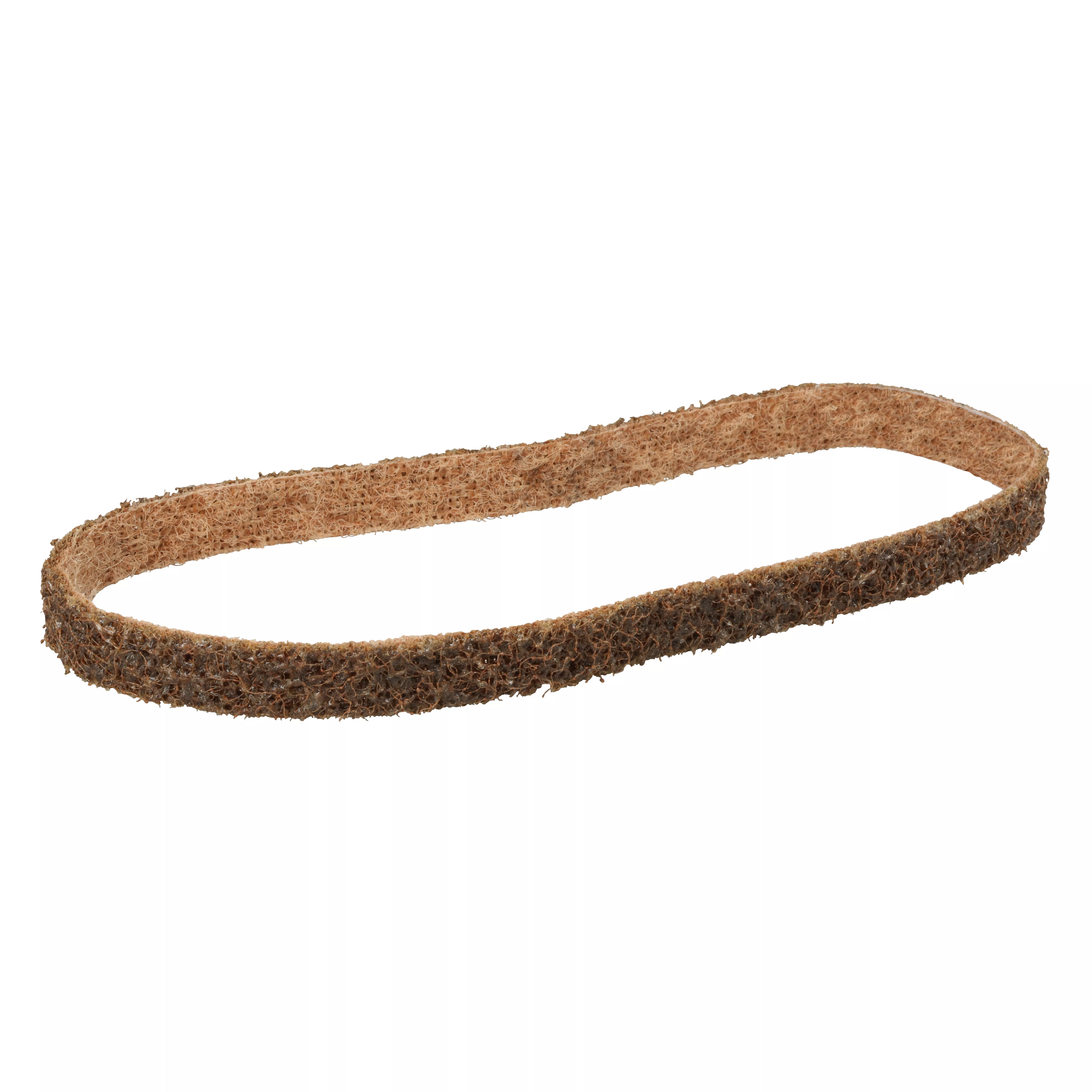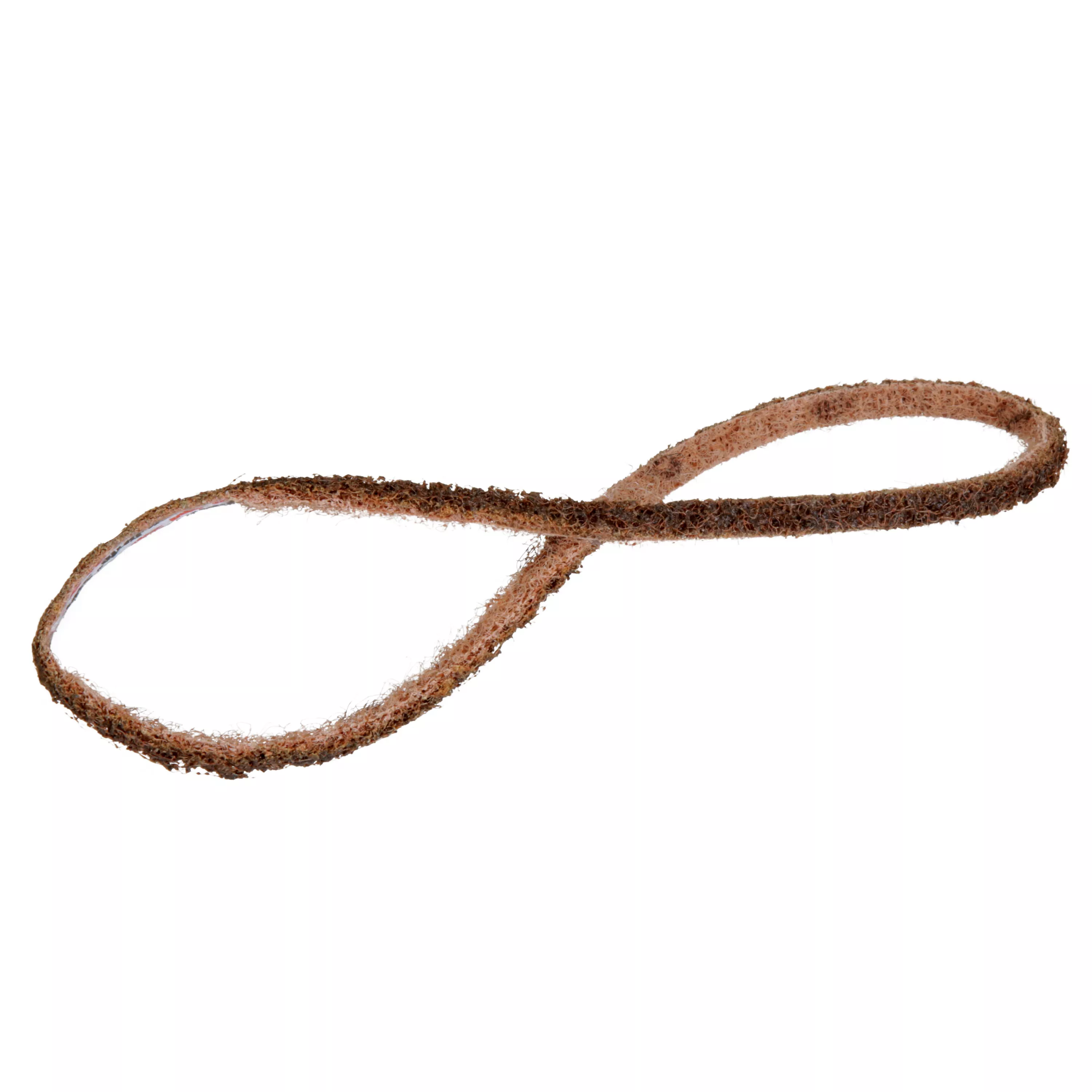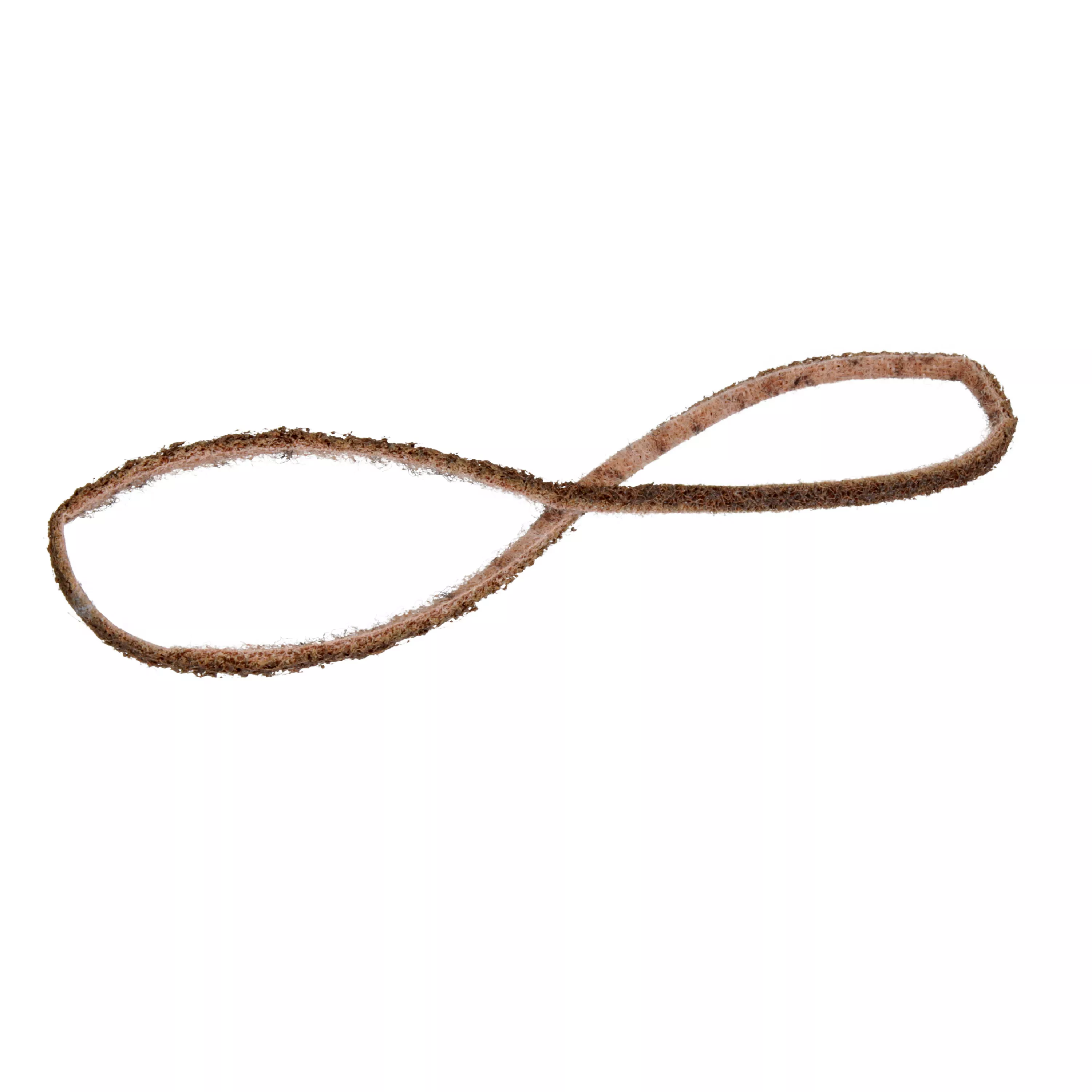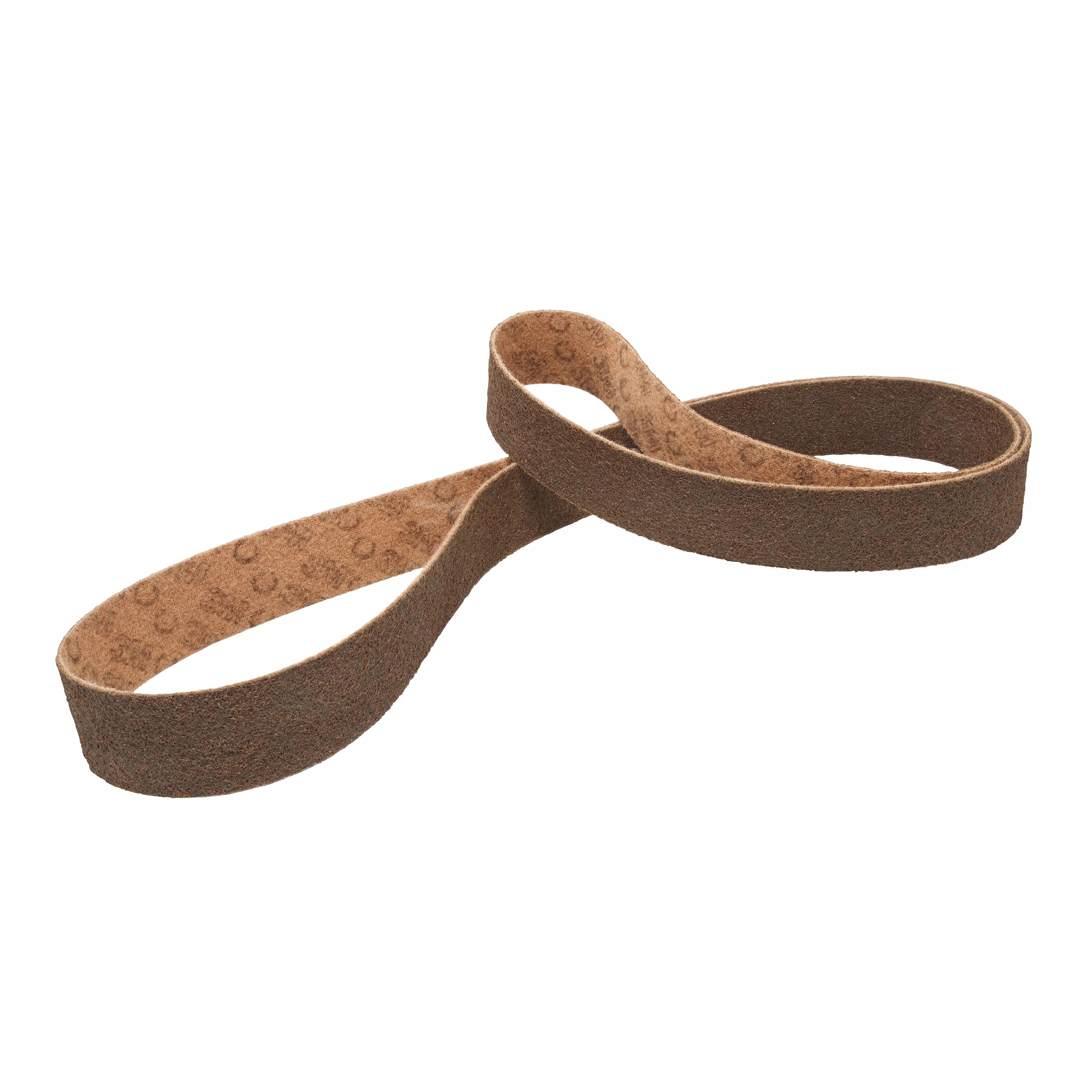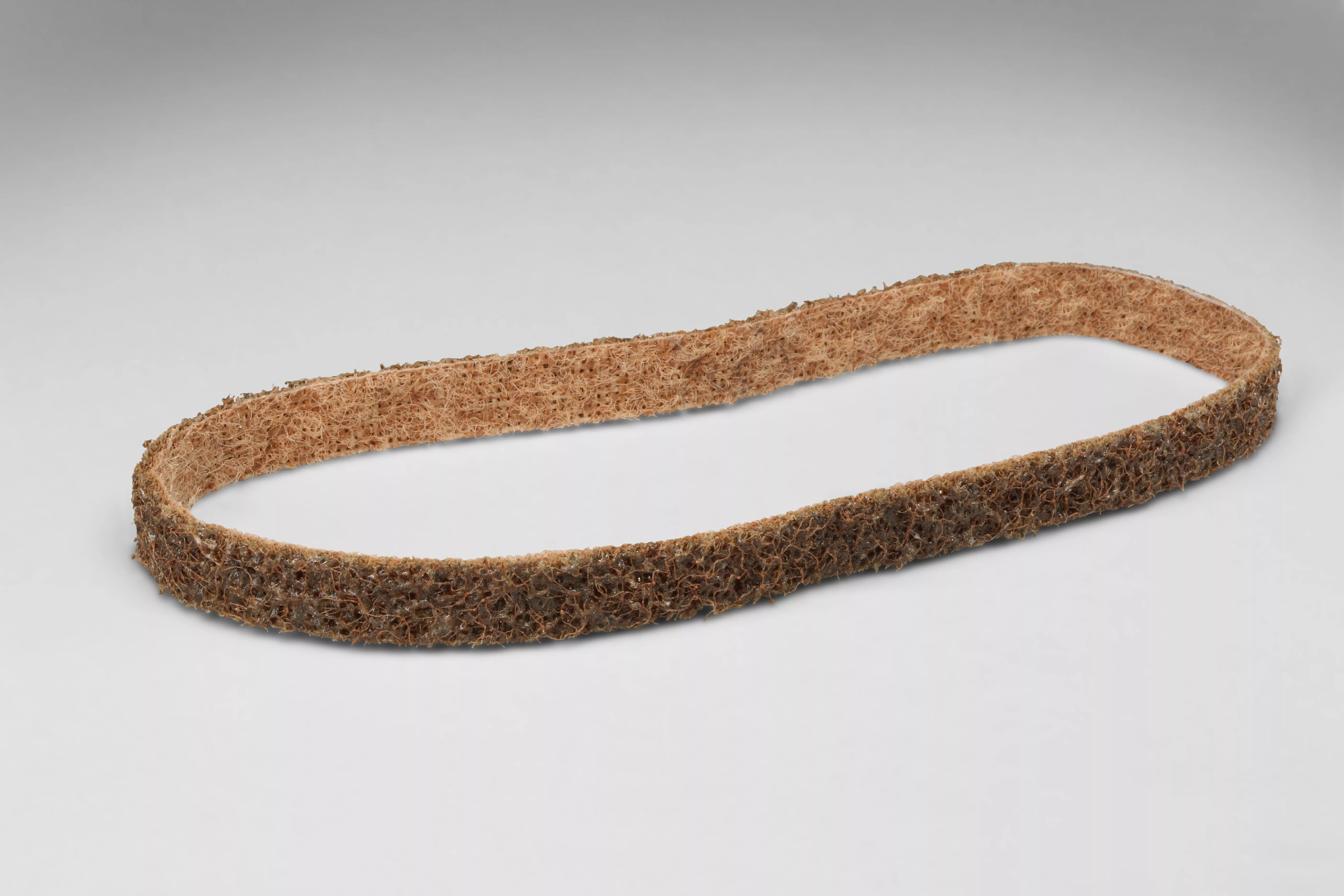| SKU | 7000028435 |
|---|---|
| Legacy SKU | 61500027042 |
| UPC | 00048011052281 |
| Product Number | SC-BS |
Scotch-Brite Surface Conditioning Belt is a durable belt engineered to perform detail work such as blending, blending corners, cleaning, contour finishing, deburring, deburring edges, fine finishing, flat finishing, setting the grain, stainless steel finishing, and attaining straightline-brushed finishes on a variety of metals.
- Nonwoven, surface conditioning belts clean, blend, deburr and finish
- Reduced loading and heat build-up allow extended operating time and consistent surface conditioning results
- Conformability allows abrasive to stay in contact with complex-shaped parts in robotic processing
- Reinforced backing and nonwoven open web material provide superior flexibility for detail work, over contours and edges
- Removes surface imperfections, grind lines, mill, and other marks
Product Dimensions |
Imperial | Metric |
| Weight | 0 NULL | |
|---|---|---|
| Width | 0 null | |
| Length | 0 null | |
| Height | 0 null |
Shipping Dimensions |
|
| Weight | 2.45 lb |
|---|---|
| Length | 12.59843 in |
| Width | 12.48031 in |
| Height | 9.29134 in |
| Color | Maroon |
|---|---|
| Maximum Speed | 6,500 ft/min |
PRODUCT FAQ
-
What is the size of each belt in the 3M's Scotch-Brite™ Surface Conditioning Belt, SC-BS, A/O Medium Case?
Each case of 3M's Scotch-Brite™ Surface Conditioning Belt contains 10 belts that are sized at 3-1/2 in x 15-1/2 in.
-
What is the application of this product?
The primary use is to accomplish light cleaning, finishing or deburring applications on a variety of materials including; nickel/chrome alloys, stainless steel and aerospace metals.
-
How do these surface conditioning belts differ from sandpaper?
These belts come with overlapping abrasive flaps forming an open mesh design which makes them more flexible than regular sandpapers. Therefore they can efficiently conform to curved surfaces without gouging off any material from your workpiece.
-
Are these surface conditioning belts suitable for metalworking shops?
Yes. Considering its ability to provide consistent finishes on various types of metallic surfaces like steel or aluminum when used with bench-top machines, such as backstands and pedestal grinders; it makes it very versatile for most metalworking settings.
-
The pack mentions A/O Medium what does it stand for?
/O Stands for Aluminum Oxide mineral type which is one among many abrasives commonly used within the Scotch-brite line up. Also medium refers to the grit range between Coarse and Fine manufactured by combining fiber strands coated with mineral particles ranging generally between P220-P240 grit number range when expressed using FEPA standards (used widely).
Scotch-Brite™ Surface Conditioning Belt is a versatile abrasive that is effective in removing coarse grind lines, mill marks, or small burrs left by cutting tools or conventional abrasives. These abrasive belts come in various widths and lengths and are suitable for different belt sanding tools. They can be used on both wood and metal surfaces.
Ideal for Robotic FinishingScotch-Brite™ Surface Conditioning Belts are highly conformable and consistent, making them an excellent option for robotic metal finishing. They can produce a spec-required, aesthetic finish when used in both manual and robotic processing.
Choose the Right Belt for You3M offers a wide selection of belts that can fit most industrial belt sanders. Wide belt sanders are used for sanding and finishing large wood panels. Medium-width belts fit onto edge or portable belt sanders for sanding or blending wood pieces such as cabinet doors. Narrow belts are used with file tools in metalworking to access small areas or inside corners.
Hard-Working Minerals: Aluminum Oxide and Silicon CarbideScotch-Brite™ Surface Conditioning Belts are manufactured with a choice of silicon carbide or aluminum oxide abrasive mineral. Silicon carbide is a synthetic mineral that is very sharp and commonly used for low-pressure applications such as paint prep and finishing. Aluminum oxide is a hard, blocky mineral that provides high cut-rate and long life. While silicon carbide breaks down faster than aluminum oxide, it produces a finer finish.
An Alternative for Wheels and DiscsBelt sanders are used for rapid grinding, sanding, and finishing on a variety of surfaces. Sanding wheels and discs may clog quickly, making them less efficient, depending on the material being worked. Belt sanders continue to sand without clogging because small grooves in the abrasive belt open as they go around the arc of the drive wheel.


